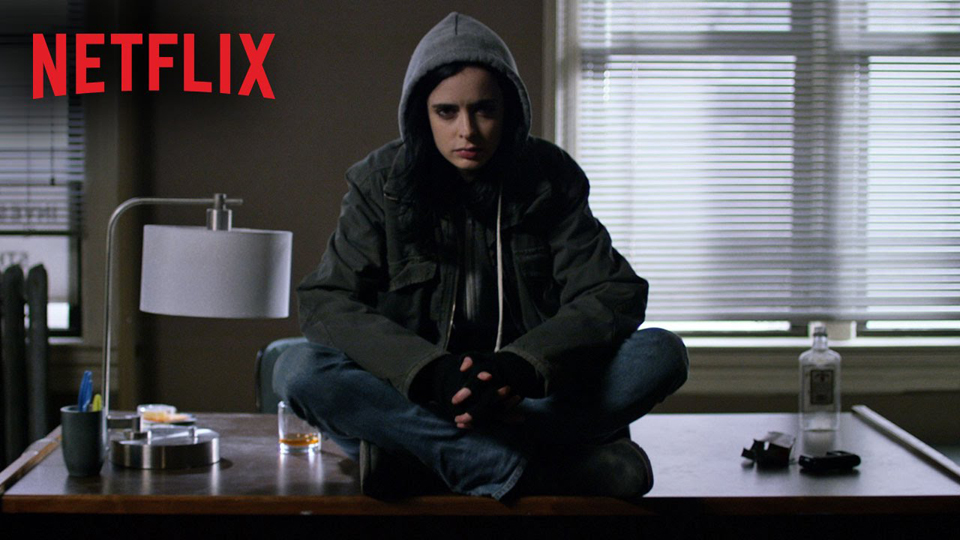
Joan Didion is a prolific writer most well-known for titles such as ‘Slouching Towards Bethlehem’ and ‘Blue Nights’.
Hallie Lauer | Layout Editor
11/02/17
Joan Didion’s writing has a heartbeat, a rhythmic pulse that compels the reader to keep going. The new Netflix documentary about Didion’s life, The Center Will Not Hold, manages to capture that very same pulse and replicate it.
Produced by her grandniece and directed by her nephew, The Center Will Not Hold borrows its title from the same poem that Didion’s book Slouching Towards Bethlehem gets its name, a small homage to the W. B. Yeats poem whose lines Didion says, “have reverberated in my inner ear as if they were surgically implanted there.”
The film starts with a grainy aerial shot of the Golden Gate Bridge and other San Francisco landmarks as a narrator reads from Didion’s work. The rest of the documentary follows this format in part, with shots of home videos or cities Didion lived in coupled with — her work being read over moody music. Interviews with Didion mix with these scenes, with the now-82-year-old looking back on her life with supplemental commentary from those closest to her.
Small moments in these interviews remind the viewers how influential Didion really is. When an old friend talks of the dinner parties Didion would throw, with guests such as Harrison Ford, Steven Spielberg and Martin Scorsese, the viewer sees how far reaching and impactful the writer was. Didion’s likability is further enhanced by the simple presentation of her life, avoiding any implications of bragging or haughtiness.
An element of sadness and nostalgia overlays the whole film, though. Most scenes pair cool tones with slow, wistful music, giving the entirety of the film a gloomy feeling, even as Didion talks of her brighter moments.
This melancholy could be a reflection of Didion’s own writing. In both her fiction and nonfiction, one would be hard pressed to find a happily-ever-after. The sadness of the film really comes to a head in its later half when the focus shifts to Didion losing both her daughter and her husband within two years of each other.
The Center Will Not Hold does allow for more quirky aspects of Didion’s life to come to light. Between her big sunglasses and her bob haircut, the artist finally lets people in on the little details of her life — like her need for an ice cold Coca-Cola first thing in the morning, or how, when she was stuck on a manuscript, she would put it in a bag in the freezer and come back to it later. Didion was rarely forthcoming about her life, which makes these insights about who she is as a person all the more valuable.
The worst part of the documentary, however, is that the beginning of the film rushes through much of Didion’s young career. Her time at Vogue is briefly glided over, as is the first time she moves back to California. Much of the latter half of the movie is focused on the novel she wrote in response to her grief, which is understandable as a significant event, but it would have been nice to also see where Didion got her start. This is not a documentary I would have watched without prior knowledge of Didion.
The film also could have wrapped up about fifteen minutes before it actually ended. Besides offering a little insight into another of her works, this time is more-or-less directionless filler.
Watching this film, I see a part of every aspiring writer I know. Didion’s desire to get the story and to tell it right is mimicked in every one of them. This, on top of the new light shed on such an iconic voice, not only exposes a new generation to her work but exalts Didion and the life she lived.



